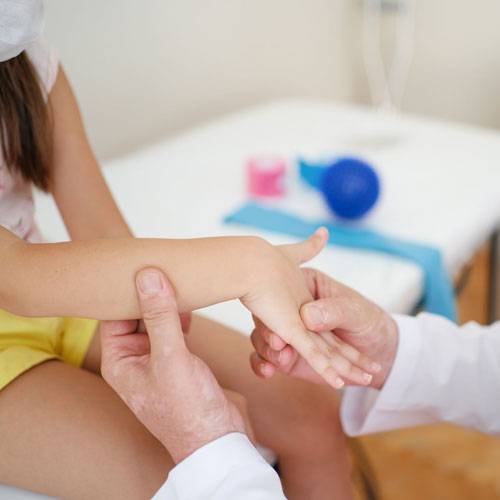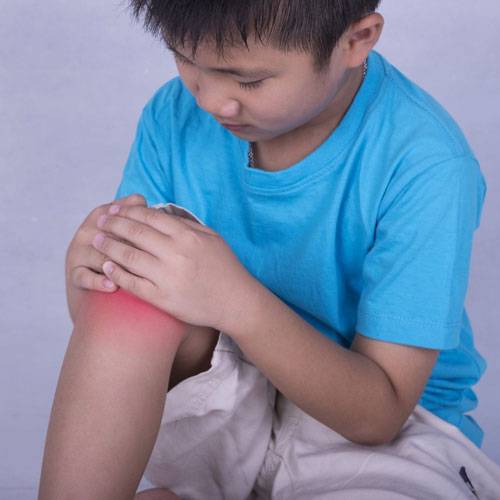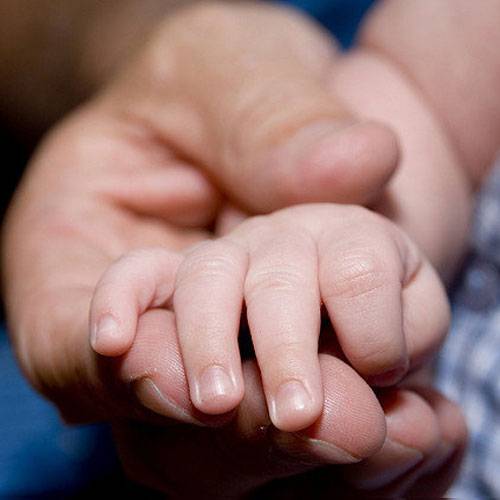
Arthritis is a disease that causes Inflammation and Swelling of the Joints. Juvenile Rheumatoid Arthritis, or JRA, is a joint inflammatory disorder category that affects children below 16.
The symptoms of juvenile rheumatoid arthritis include chronic inflammation, stiffness, and swelling of the joints.
It is the most common type of arthritis affecting children. Similarly, to Arthritis, Juvenile Rheumatoid Arthritis(JRA) is caused by the immune system attacking the body.
Children suffering from JRA constantly have joint pain, swelling, and even inflammation or irritation in the eyes, which further affects their growth and development.
It leads to difficulty for the child to adapt to the surroundings and perform daily activities, as JRA could also lead to the joint losing its function altogether.
JRA affects thousands of children and is more commonly seen in girls than boys. Although the cause is yet to be deduced and it is said to have been caused by environmental or genetic factors.
There are a variety of assessment tools used in the field of occupational therapy for juvenile rheumatoid arthritis. These include the Juvenile Arthritis Functional Assessment Report(JAFAR), the Joint Assessment Questionnaire(JAQQ), and the Juvenile Arthritis Activity Rating Scale (JAFSI), which is a questionnaire-style assessment of functional ability in children with JA.
There are subcategories of arthritis, but all of them have general symptoms of pain and loss of joint functions that can form a barrier to the child's development. The treatment of JRA includes medications and therapies.
Read about how Occupational Therapy aids in the Treatment of Juvenile Rheumatoid Arthritis.
 Treatment of Juvenile Rheumatoid Arthritis
Treatment of Juvenile Rheumatoid Arthritis
The treatment for JRA aims to minimize inflammation and swelling and improve the functions of the joint. JRA can be treated by combining treatments, including medication and therapy.
There are different kinds of therapies, and Occupational Therapy is one of them. When combined with medications, occupational therapy provides the individual or the child with a practical path to improve.










